Construction for Dummies: Passive House Wall Construction
Construction on this Meadowlark house includes a different type of exterior wall, roof and foundation construction — or thermal envelope. Why?...

In a previous blog post, I introduced the topic of Passive Houses and talked about key areas that we focus on in the design and construction of a passive building.
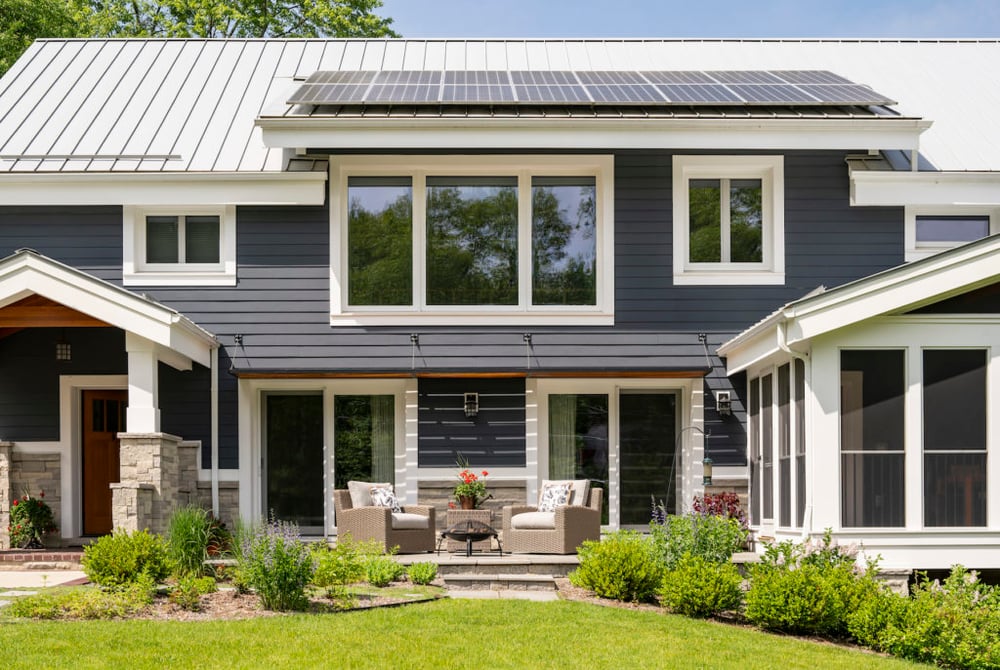
If you didn’t know already, Michigan is a cold climate state. For Southern Michigan and its specific climate zone, about 93% of the heating and cooling energy used is for heating. Anyone who has lived in Michigan knows that we use a lot of heat in the winter, with air conditioning minimal in the summer — one of the reasons why summers are so pleasant here!
Living in this climate we understand the need for insulation in our homes, but, believe it or not, insulation in houses is a relatively recent phenomenon, first entering the code books in the 1960s. Insulation not only changes how heat flows through an exterior wall, but also how moisture migrates through the exterior envelope of a home. In the first few decades of use, insulation and vapor barriers in homes caused some spectacular failures in homes because these principles were not fully understood.
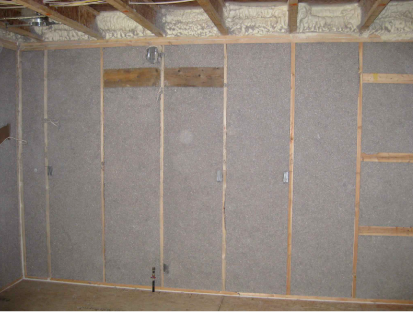
These days, we can’t imagine the thought of living in an uninsulated home, however; even in Southeastern Michigan, about 40% of homes built before the ’60s have little to no insulation. Crazy, right? Most of these homes have plaster walls and ceilings, which is a heavy material with lots of thermal mass. It’s a completely different subject, but thermal mass covers for the lack of insulation in a way that drywall cannot — an uninsulated home with drywall would be super cold in the winter and use a lot more energy. In our custom homes and remodels it is customary for us to use a combination of mineral wool and spray foam to insulate exterior walls as seen in the photo above.
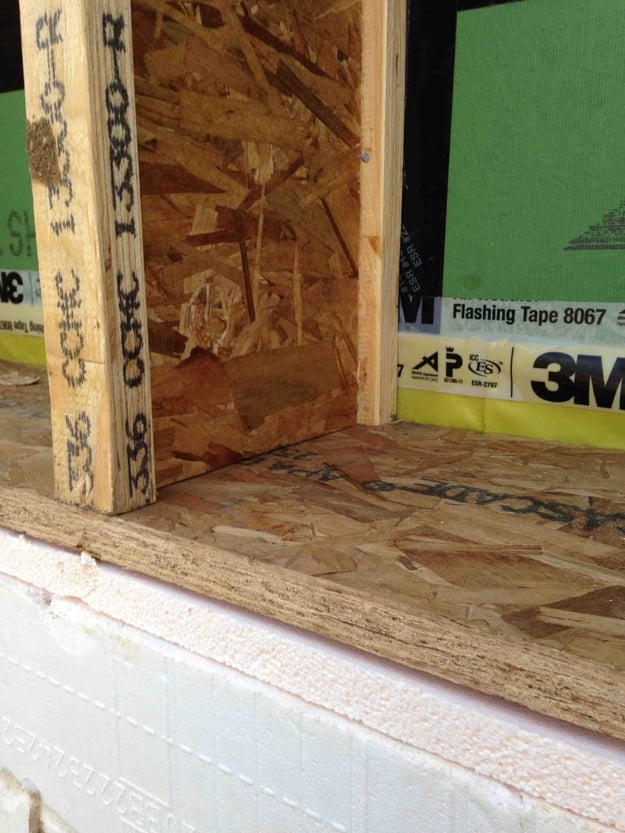
Since Passive Houses have only been a part of the conversation in building science for that last couple of decades, we haven’t seen many examples of super-insulated homes; but high levels of insulation are a requirement for passive buildings. With that much insulation required, a Passive House has much thicker walls. In the photo above you can see that the exterior wall framing has additional width to accommodate much more insulation and there is also rigid foam insulation used to mitigate thermal bridging around the wood components.
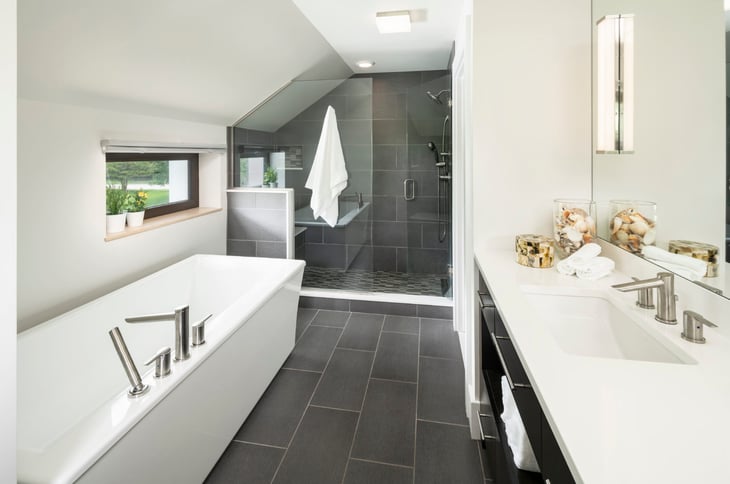
Additionally, the windows must be set in the middle of the window opening. It’s kind of a cool look for the home, and is also quite functional as the window sills are deep enough to place small plants, bath necessities or other decorative pieces. Those thick walls of a super-insulated Passive home are a distinctive feature, and they certainly help keep the home comfortable with very stable temperatures inside.
The insulation also needs to be continuous, with vapor resistive barrier located properly in the wall and roof section. This is not a small matter for a home that performs properly, so I’ll cover that in a future post. Stay tuned!
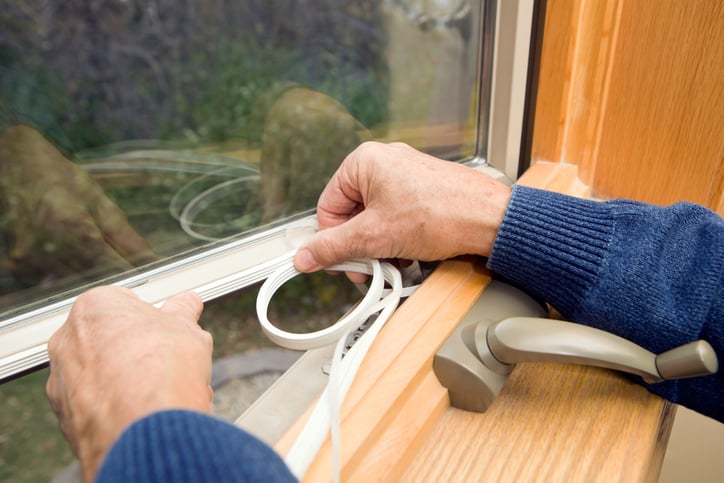
Construction on this Meadowlark house includes a different type of exterior wall, roof and foundation construction — or thermal envelope. Why?...
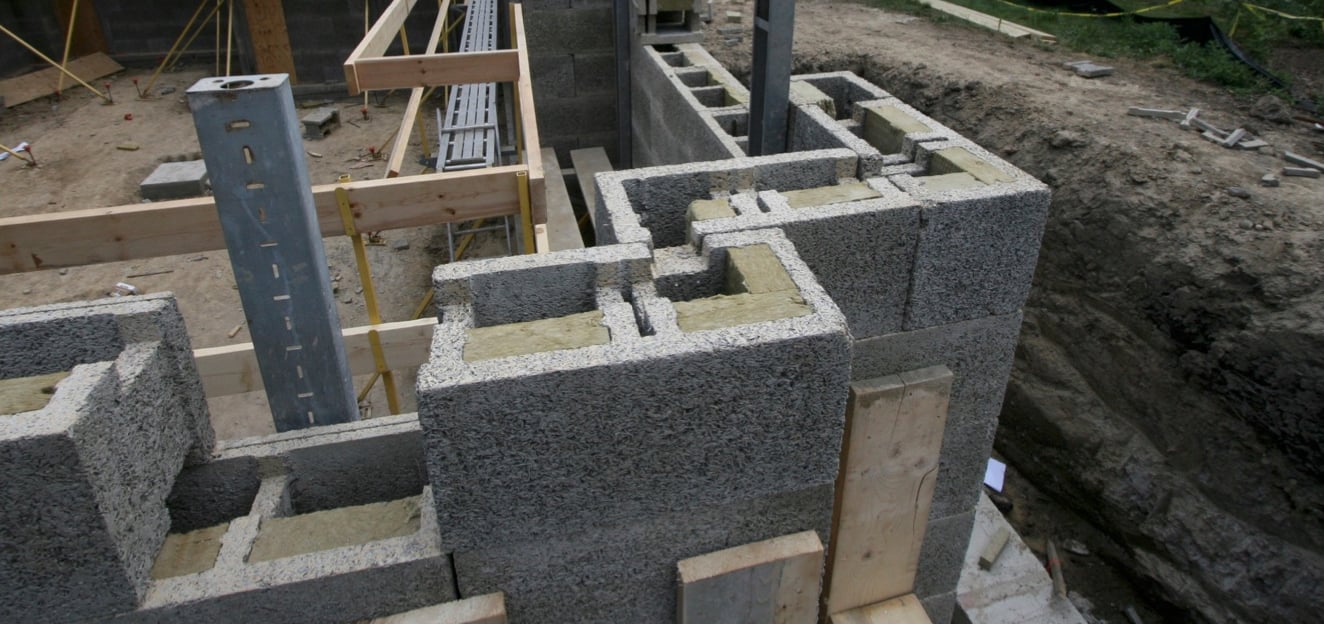
By Doug Selby A Passive House is a building that uses the lowest practical amount of energy before any renewable energy strategies are introduced....
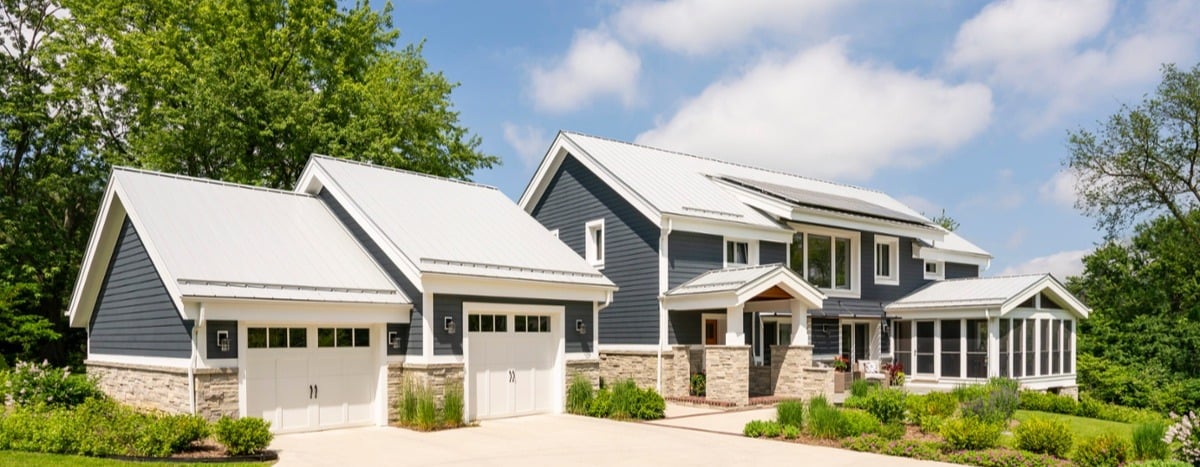
By: Doug Selby I recently completed my training to become a Certified Passive House Consultant, a rigorous program with about 100 hours of intensive...